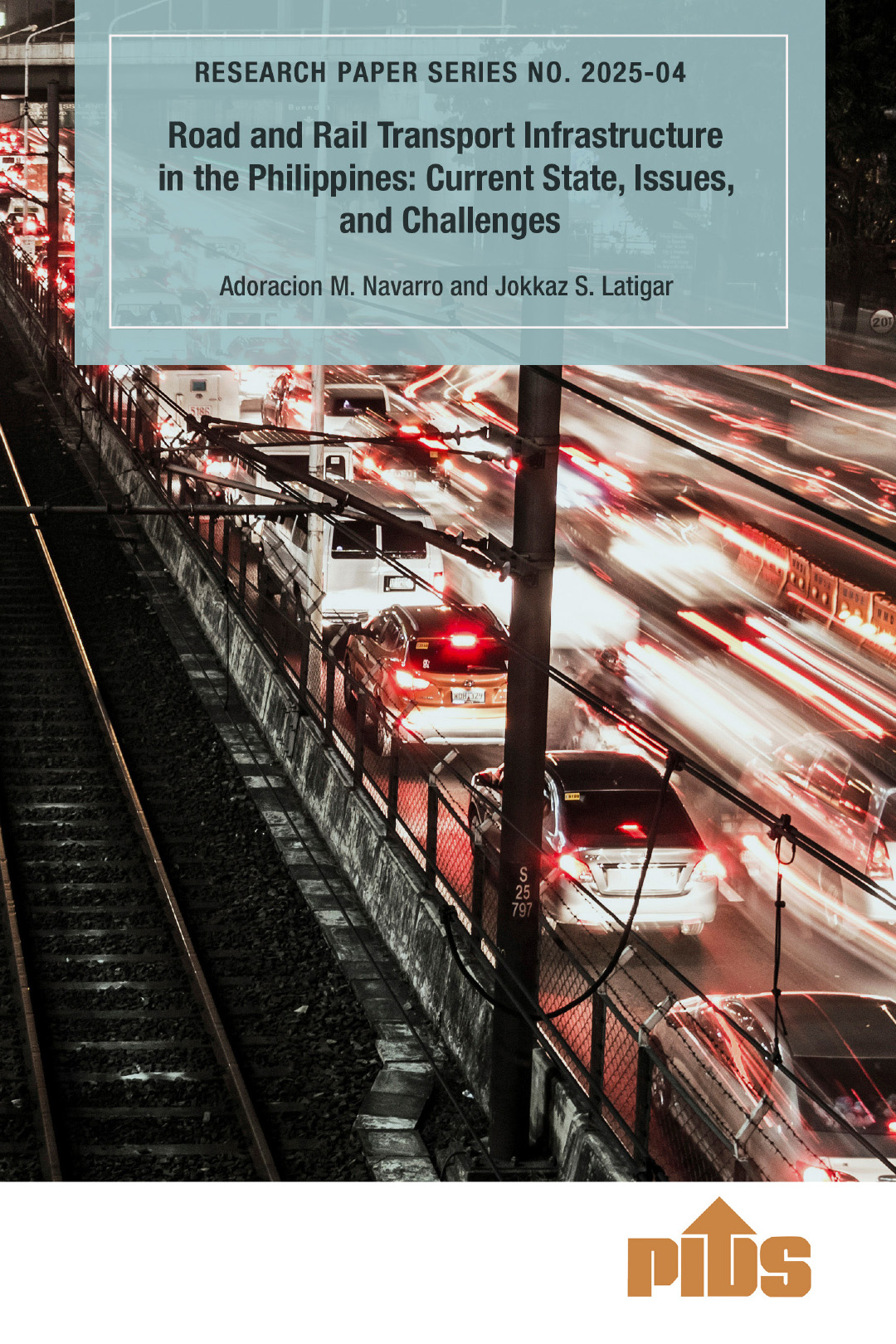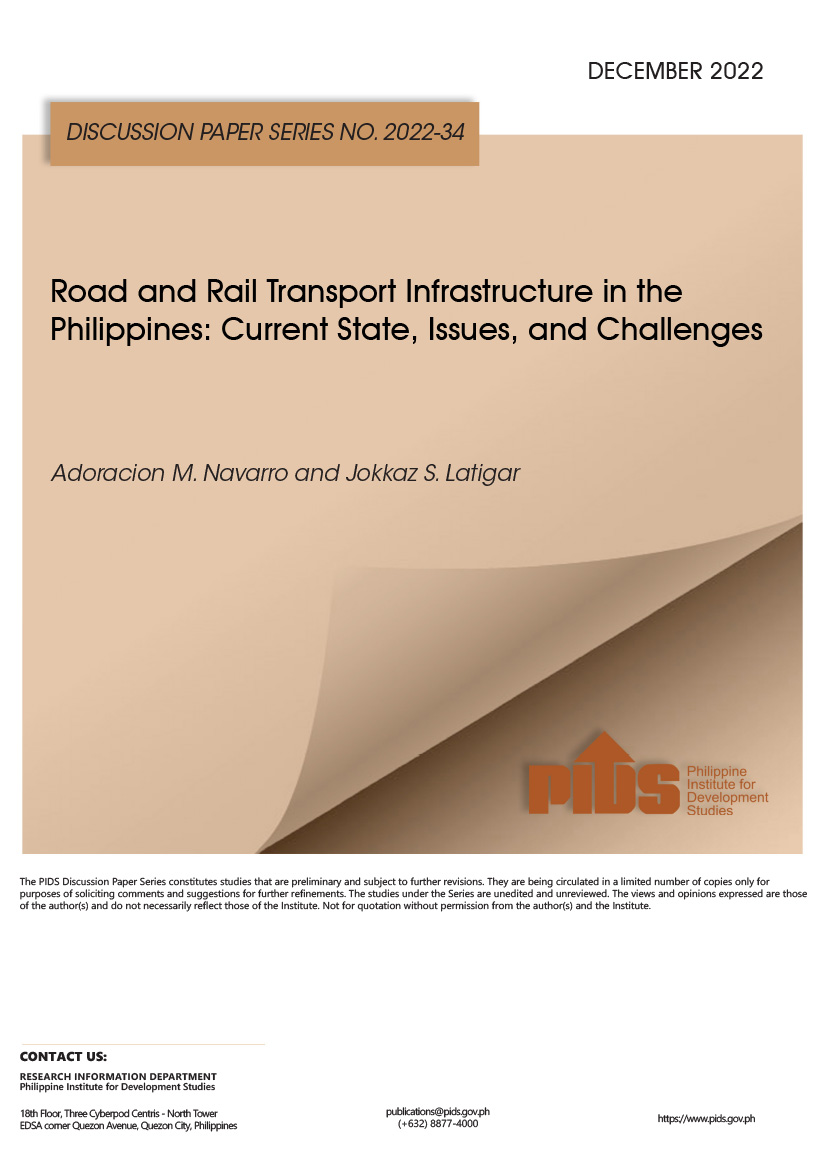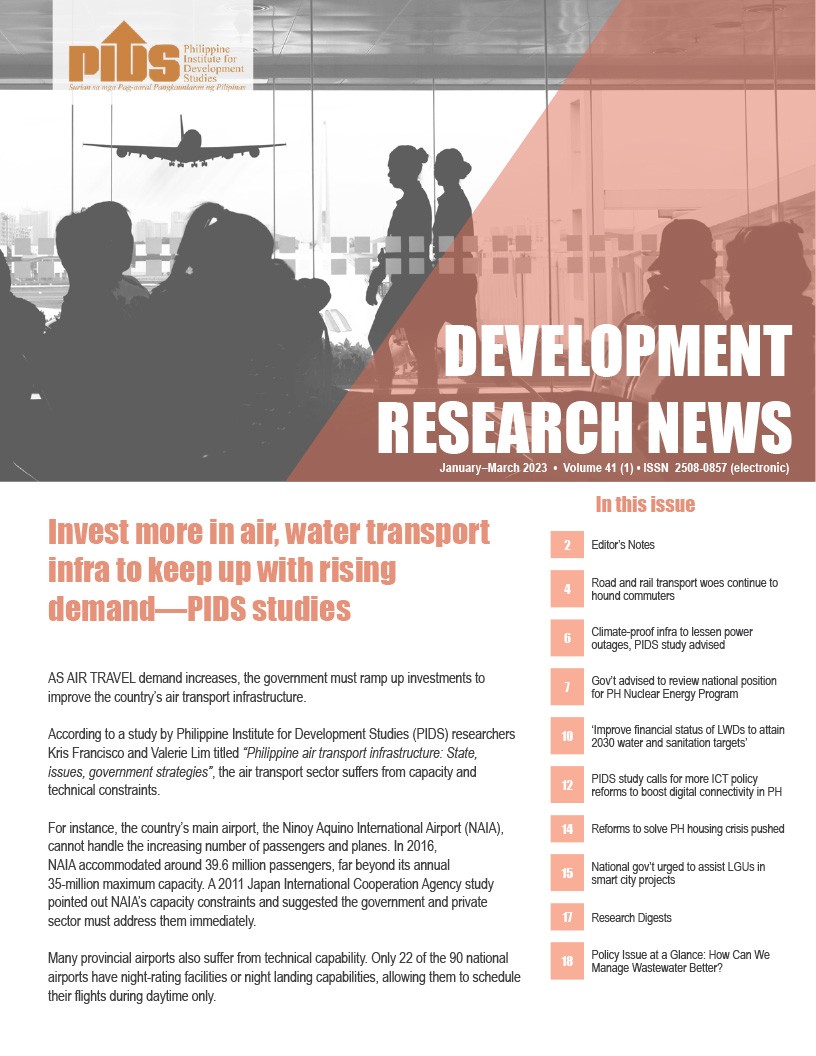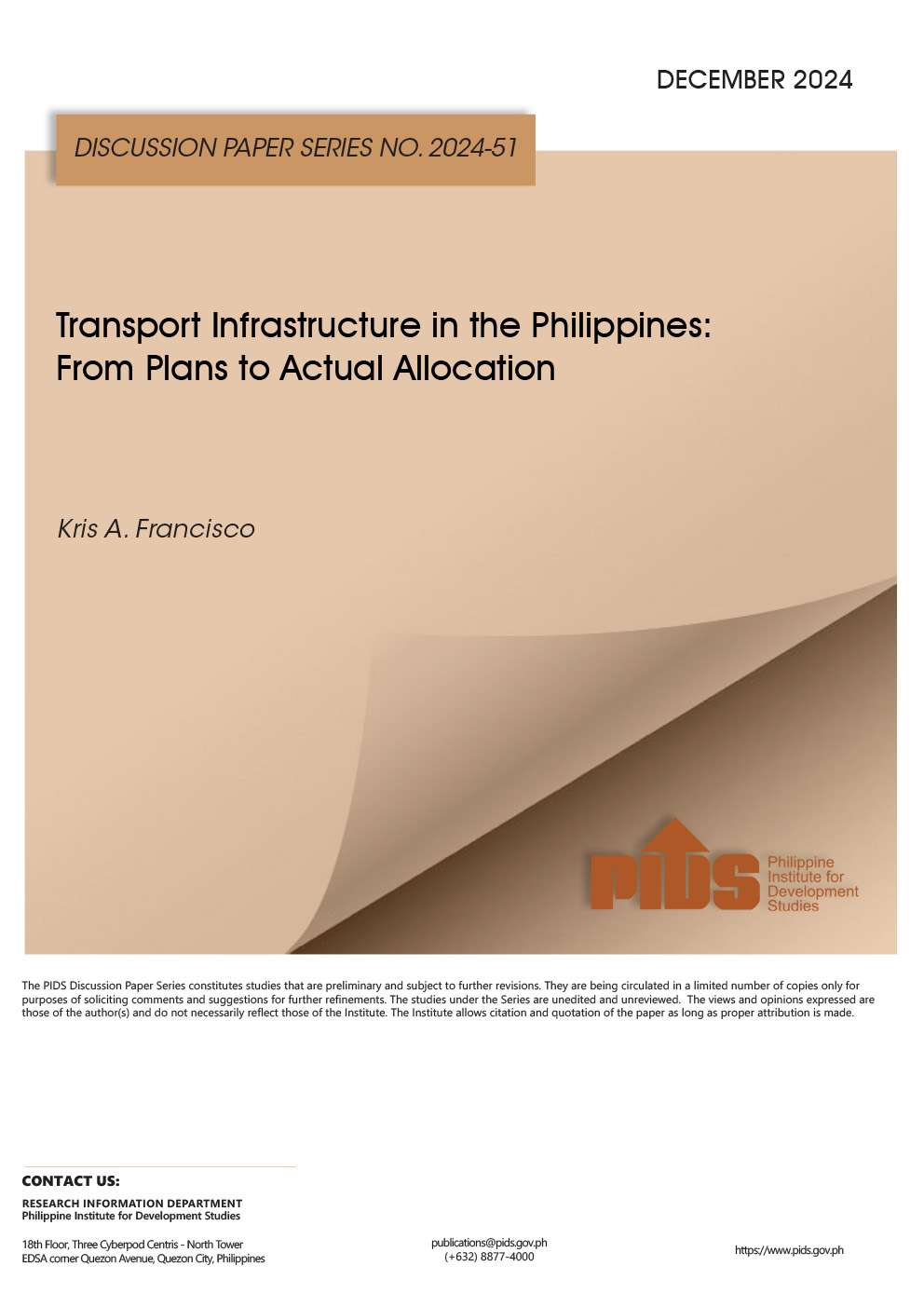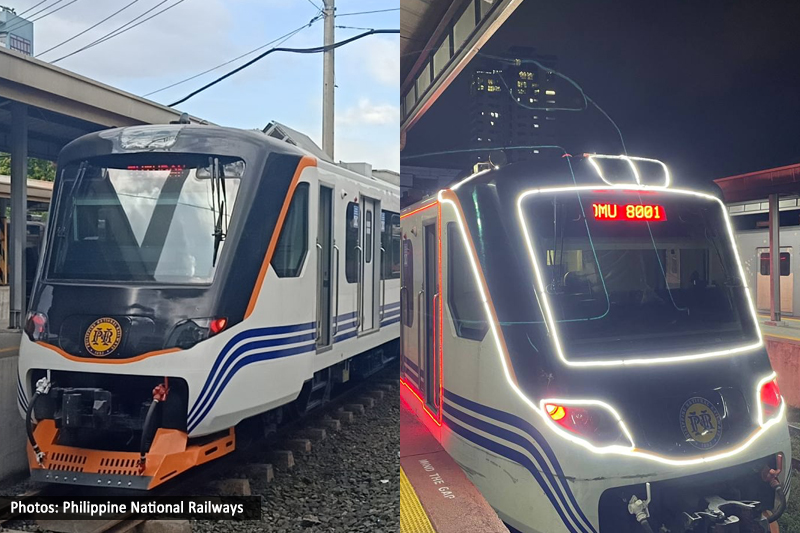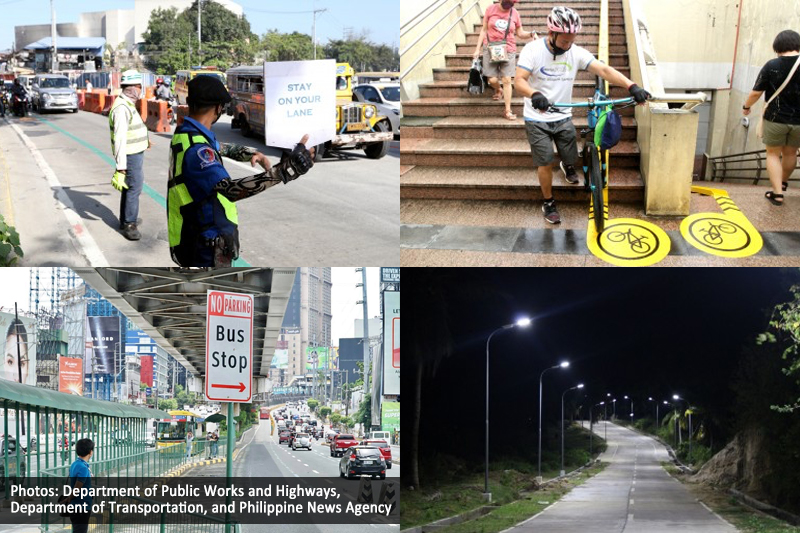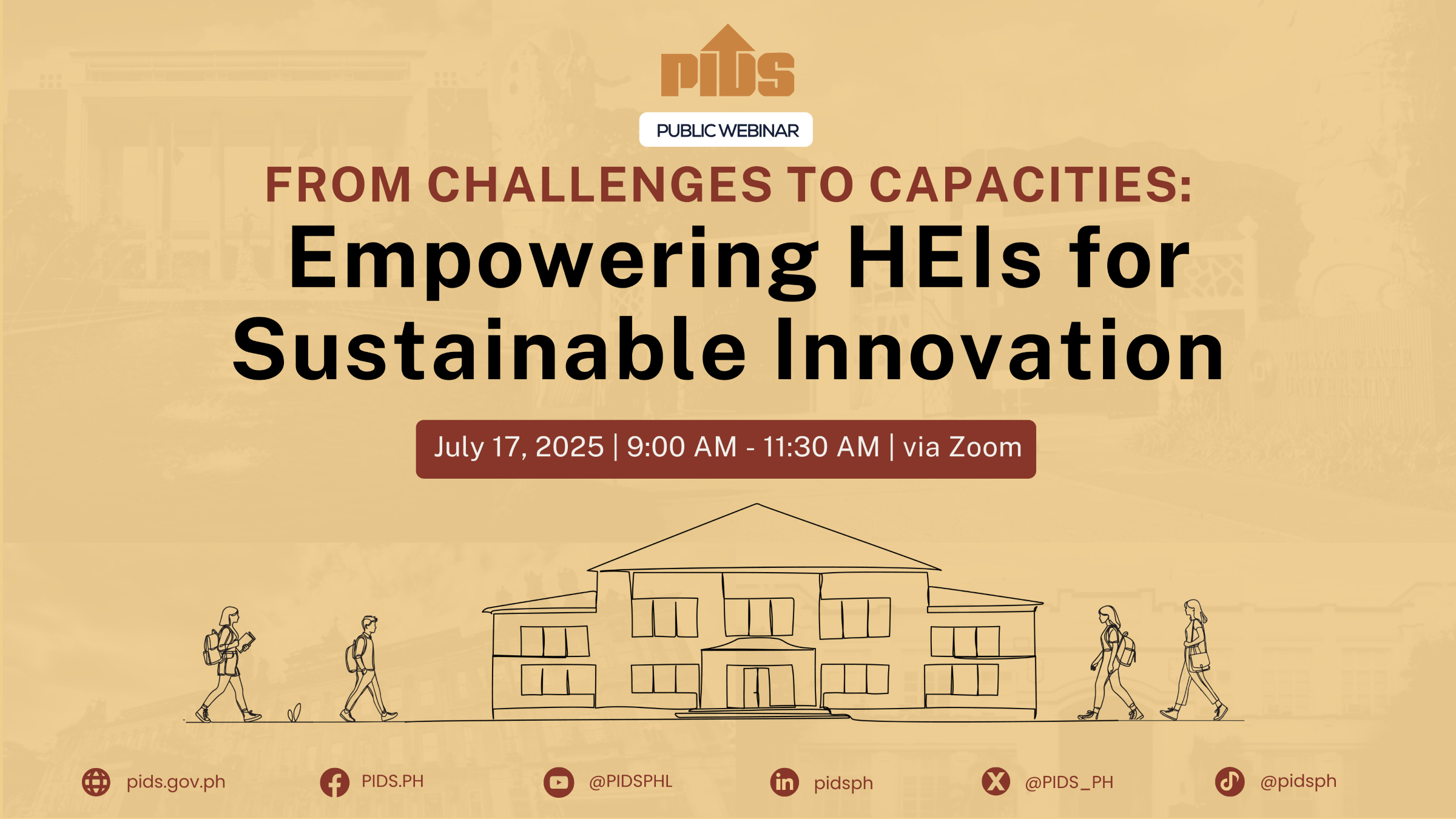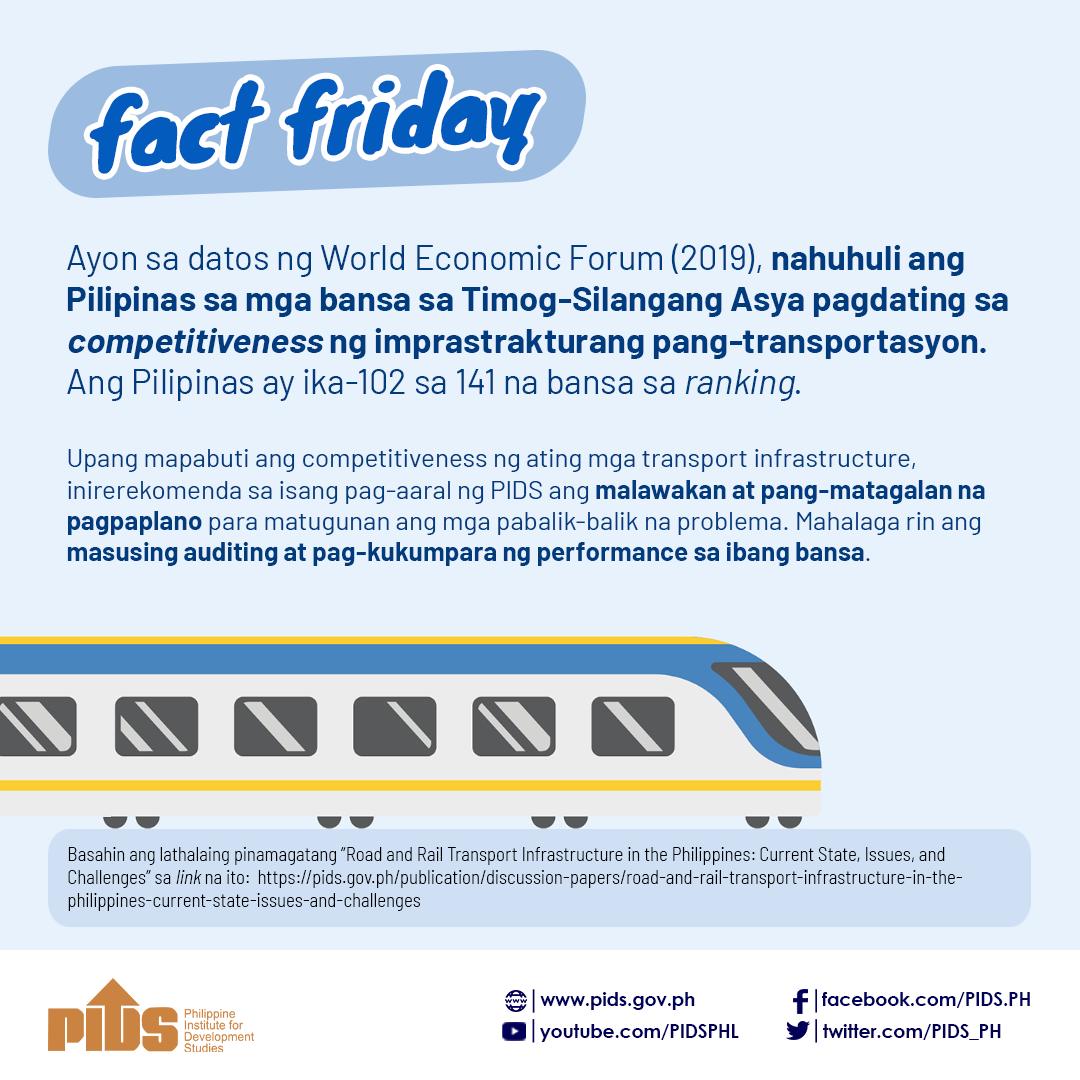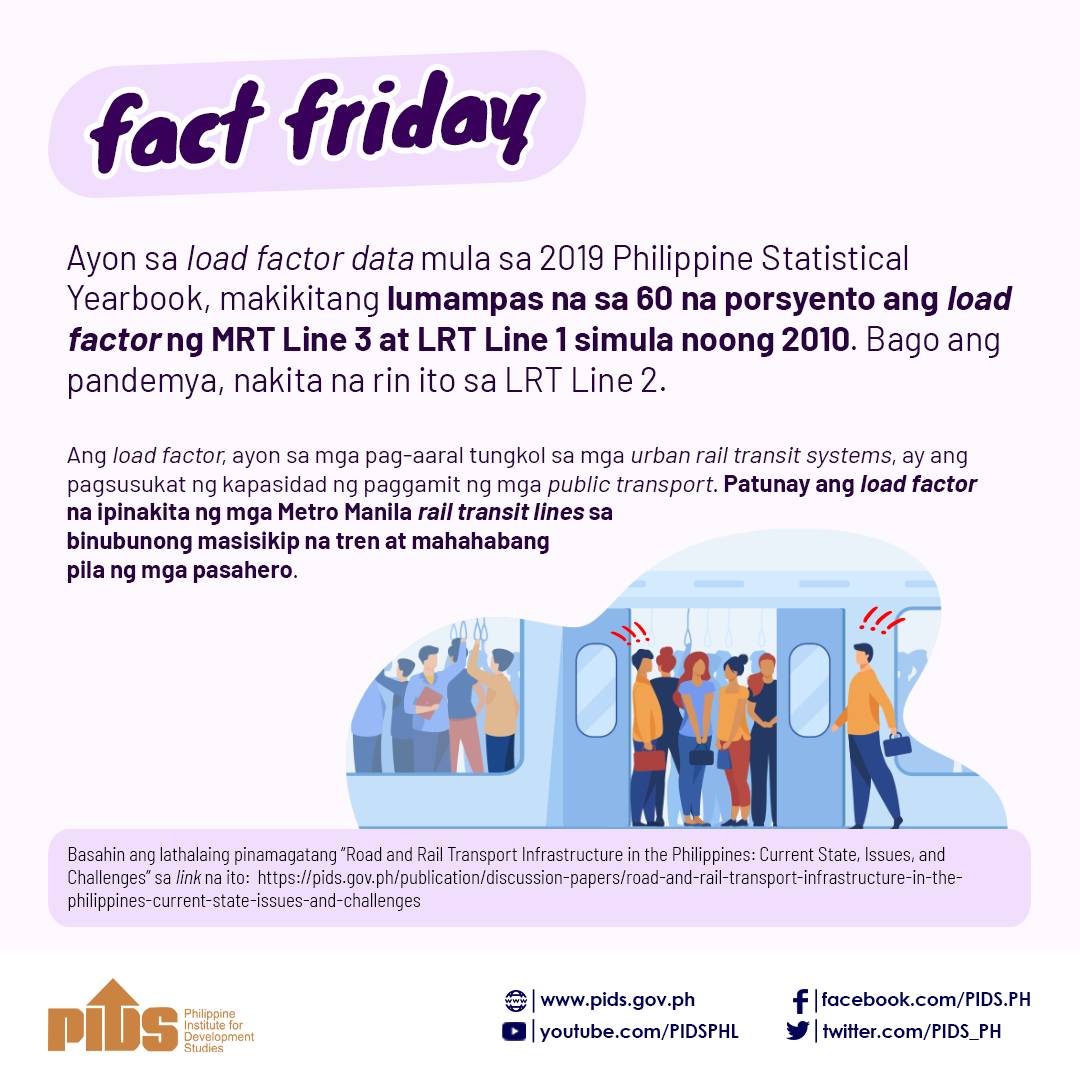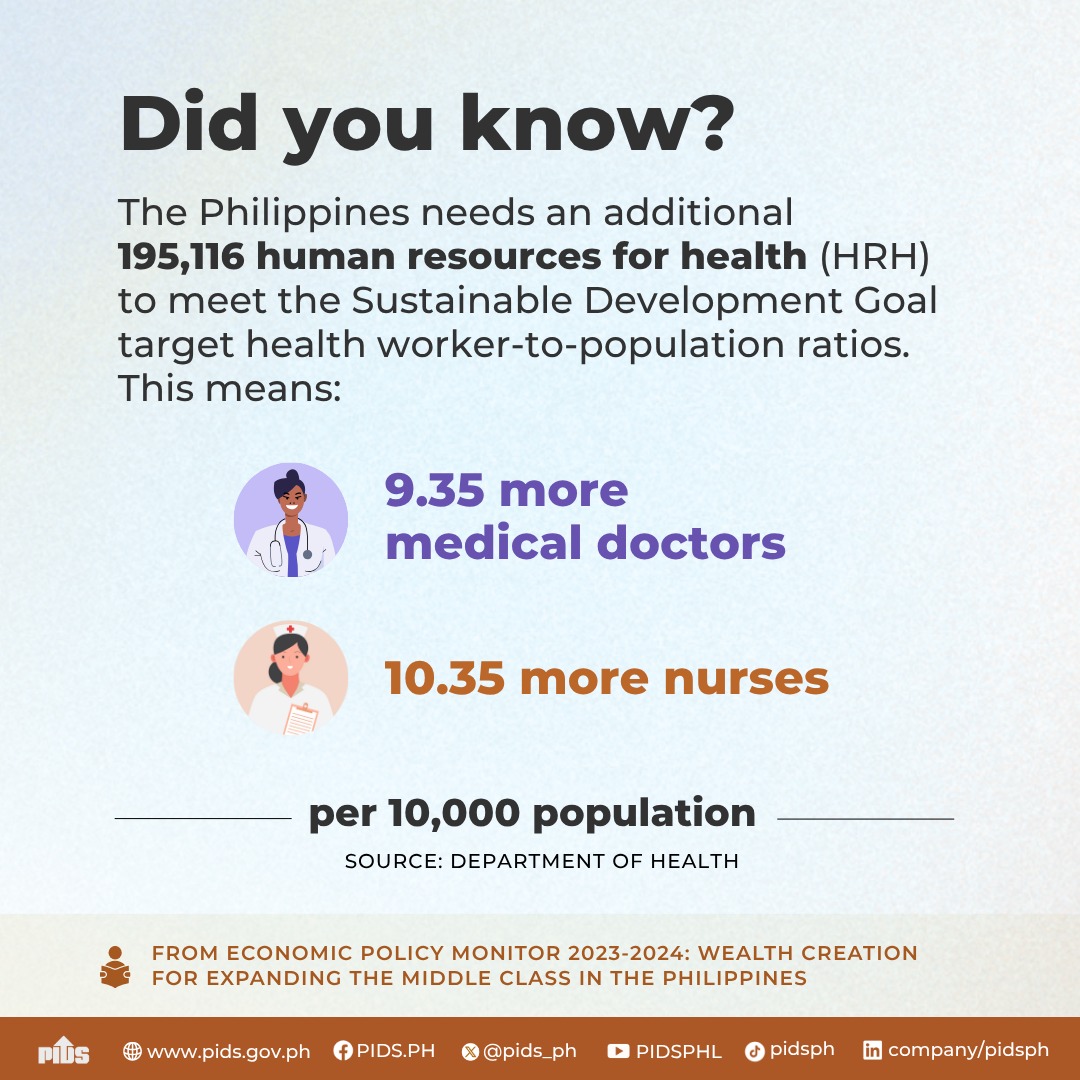This study assesses the state of the country’s road and rail transport infrastructure, identifies the challenges in the implementation of the related public investment program, and generates policy insights from the analysis. Quantity and quality indicators show that the Philippines continues to suffer from inadequate and poor quality road and rail transport infrastructure. The country has even fallen behind its Association of Southeast Asian Nations neighbors in improving the quantity and quality of its roads and rails. Many of the targets set in the Philippine Development Plan, the Public Investment Program, and the expenditure program were not met. The low absorptive capacity, as indicated by unmet expenditure targets of the major agencies in charge of the road and rail transport subsectors, suggests problems in implementation. Persistent problems in implementation pertain to right-of-way acquisition, financing, political intervention, weak capacity at the local government level, natural calamities, and project management issues. There also have been newly introduced problems, such as the adverse effects of the pandemic on the materials and manpower supply chain and delays in the release of project funds. To help address these issues, the study recommends that Congress enact a long-term national transport plan. In the interim, the executive branch must strictly adhere to the principles of its National Transport Policy and execute its self-imposed prescription to craft a national transport master plan. Capacity-building programs for local government units must continue and local road databases—which are important in helping prioritize areas for national government support—must be completed and integrated. To reduce political influences on project implementation, reform champions must come to the fore and regional development councils ought to institutionalize their procedures.

